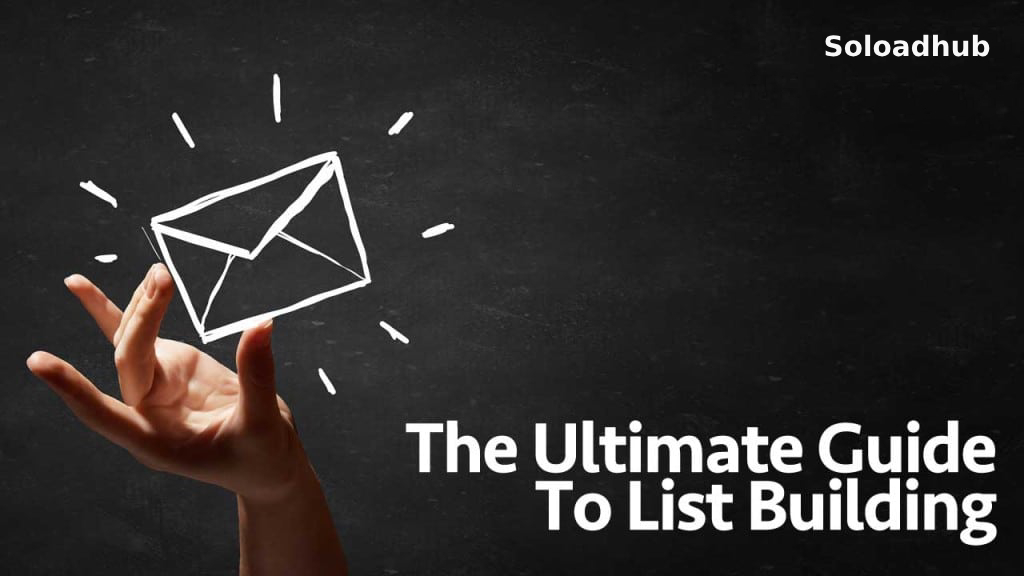
In today’s digital age, where social media and instant messaging dominate communication channels, it’s easy to overlook the effectiveness of email marketing. However, email remains one of the most powerful tools in a marketer’s arsenal. With its wide reach, personalized messaging, and measurable results, email marketing continues to drive engagement, nurture customer relationships, and boost business growth.
Table of Contents
1. Building a Targeted Email List
The success of any email marketing campaign starts with a quality email list. and It’s crucial to focus on building an engaged and targeted audience who are genuinely interested in your products or services. Here are a few strategies to grow your email list:
- Provide valuable content: Offer valuable resources, such as e-books, guides, or exclusive content, in exchange for email subscriptions.
- Optimize website sign-up forms: Place sign-up forms strategically on your website and make them visually appealing and easy to fill out.
- Leverage social media: Promote your email newsletter on social media platforms to attract followers and encourage them to subscribe.
- Run contests or giveaways: Offer incentives for people to subscribe, such as participating in a contest or receiving a free gift.
2. Personalization and Segmentation
Email marketing allows for personalized and targeted messaging, catering to the specific needs and interests of your subscribers. By segmenting your email list based on demographics, interests, or purchase history, you can deliver relevant content that resonates with each recipient. Personalization and segmentation can lead to higher open rates, click-through rates, and conversions. Consider the following tactics:
- Use the subscriber’s name in the email subject line or greeting to create a personalized touch.
- Send tailored content based on subscriber preferences or previous interactions with your brand.
- Utilize dynamic content to customize email elements such as product recommendations, offers, or images based on the recipient’s profile.
3. Engaging Email Content
Creating compelling and engaging email content is vital to capturing your audience’s attention and driving action. Here are a few content ideas to consider:
- Newsletters: Share industry insights, company updates, and curated content to keep subscribers informed and engaged.
- Promotions and Offers: Provide exclusive discounts, limited-time offers, or special deals to incentivize conversions.
- Educational Content: Share valuable tip tutorials, or case studies that provide value and establish your brand as an authority in your industry.
- Surveys and Feedback: Encourage subscribers to provide feedback, participate in surveys, or share their opinions to foster engagement and gather insights.
4. Automation and Email Workflows
Email automation allows you to streamline your email marketing efforts and deliver targeted messages at the right time. By setting up email workflows, you can nurture leads, onboard new customers, and re-engage inactive subscribers. Consider the following automated email sequences:
- Welcome Series: Send a series of emails to new subscribers, introducing your brand, sharing valuable content, and guiding them through the customer journey.
- Abandoned Cart Recovery: Remind customers who have abandoned their carts to complete their purchase by sending automated follow-up emails with personalized offers.
- Customer Re-engagement: Target inactive subscribers and re-engage them by sending tailored emails with special promotions or reminders of the value they can receive from your brand.
5. Measuring and Analyzing Results
One of the significant advantages of email marketing is its trackability. By analyzing key metrics, you can gain insights into the effectiveness of your campaigns and make data-driven decisions. Some essential metrics to monitor include:
- Open Rate: The percentage of recipients who open your email.
- Click-Through Rate (CTR): The percentage of recipients who click on links within your email.
- Conversion Rate: The percentage of recipients who complete a desired action, such as making a purchase or filling out a form.
- Unsubscribe Rate: The percentage of subscribers who opt-out of receiving future emails.
- By regularly reviewing these metrics and A/B testing different elements in your emails, you can optimize your campaigns for better performance.
6. Compliance with Email Regulations
When conducting email marketing campaigns, it’s crucial to adhere to email regulations and best practices to maintain the trust and engagement of your subscribers. Some key compliance areas to focus on include:
- Permission-based Marketing: Only send emails to subscribers who have explicitly opted-in to receive communications from you.
- Unsubscribe Options: Provide clear and easy-to-find unsubscribe links in every email to allow subscribers to opt-out if they wish.
- Privacy and Data Protection: Safeguard subscriber data and comply with privacy regulations, such as the General Data Protection Regulation (GDPR) or the CAN-SPAM Act.
Conclusion
Email marketing remains a powerful and effective strategy to connect with your audience, nurture customer relationships, and drive business growth. By focusing on building a targeted email list, personalizing your content, utilizing automation, and measuring results, you can create engaging and impactful